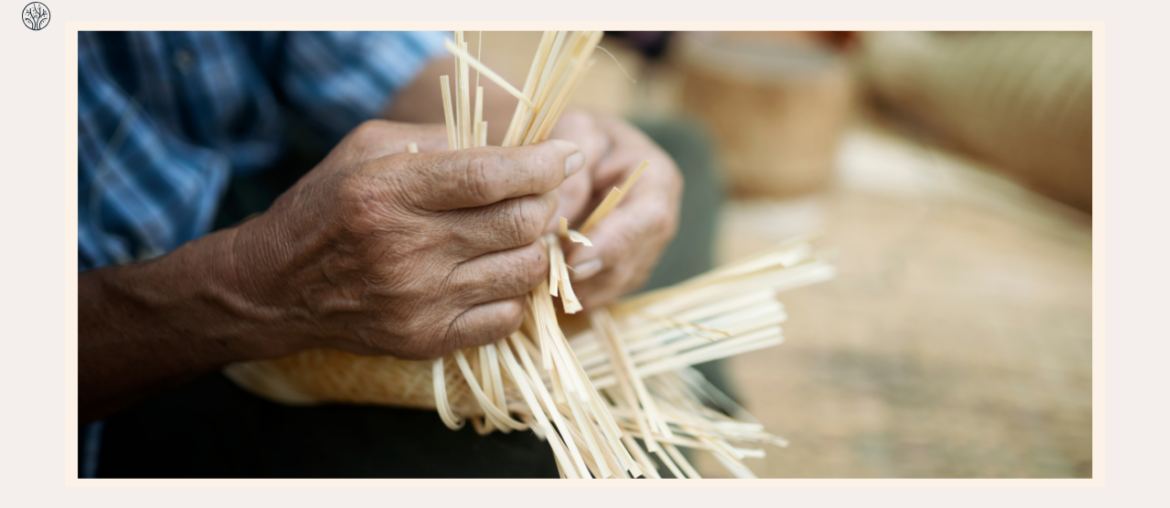We have used bamboo for thousands of years; and thanks to WBO and World Bamboo Day, this plant is slowly becoming more and more popular as an environmentally friendly alternative to wood. So what are the uses of bamboo and are they really sustainable? Let’s find out!
Uses For Bamboo
1. Construction Material
Bamboo is one of the oldest and most widely used construction materials in the world. In the past, bamboo was most used in Asia where bamboo is commonly found. We can find many images of bamboo houses, and bamboo fences in ancient Asia construction. Nowadays, bamboo is mostly used to reinforce concrete structures thanks to it being strong, lightweight, and flexible.
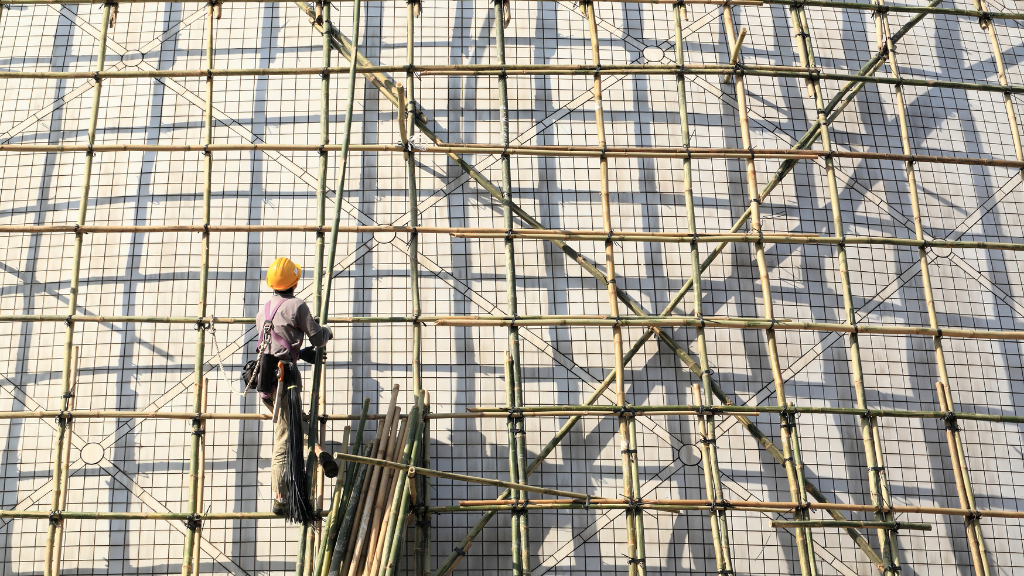
One of the advantages of bamboo as a construction material is its low cost and easy availability. Bamboo can be harvested locally and processed with simple tools and techniques. Another advantage is its aesthetic appeal and cultural significance. Bamboo can create unique and beautiful designs that reflect the local traditions and values of the people who use it.
2. Fabric
Bamboo is not only a great material for building structures but also for making fabrics. As technology advanced, companies have found a way to spin bamboo into yarns and woven or knitted into fabrics that have many desirable qualities. Most notably is moisture-wicking and hypoallergenic which is why bamboo fabric is mostly used for creating sportswear and bedding.
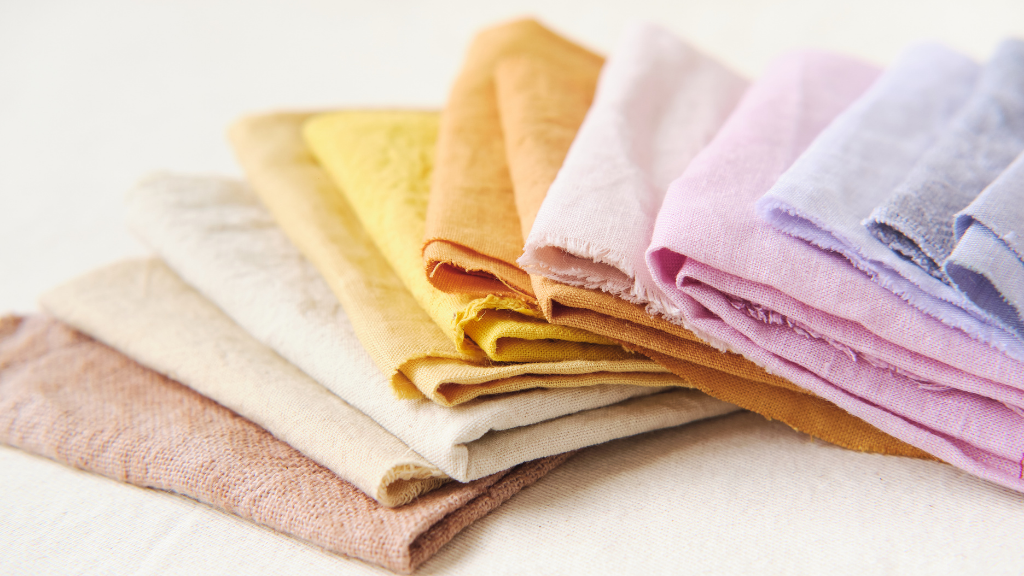
There are two main types of bamboo fabrics: bamboo rayon (or viscose) and bamboo linen. While bamboo rayon is more common, some people might prefer bamboo linen for its natural and authentic feel.
There are a lot of brands that use bamboo to make their own clothing line and BAM is a great example. They specialize in active wear made from bamboo fabric to encourage an active and eco-friendly lifestyle.
3. Musical Instrument
Bamboo has natural acoustic properties that make it ideal for producing sounds of different pitches and tones. Many cultures around the world have been using bamboo musical instruments for centuries. Musicians appreciate bamboo instruments for their unique sounds, aesthetics, and sustainability.
Some examples of bamboo musical instruments from different regions are:
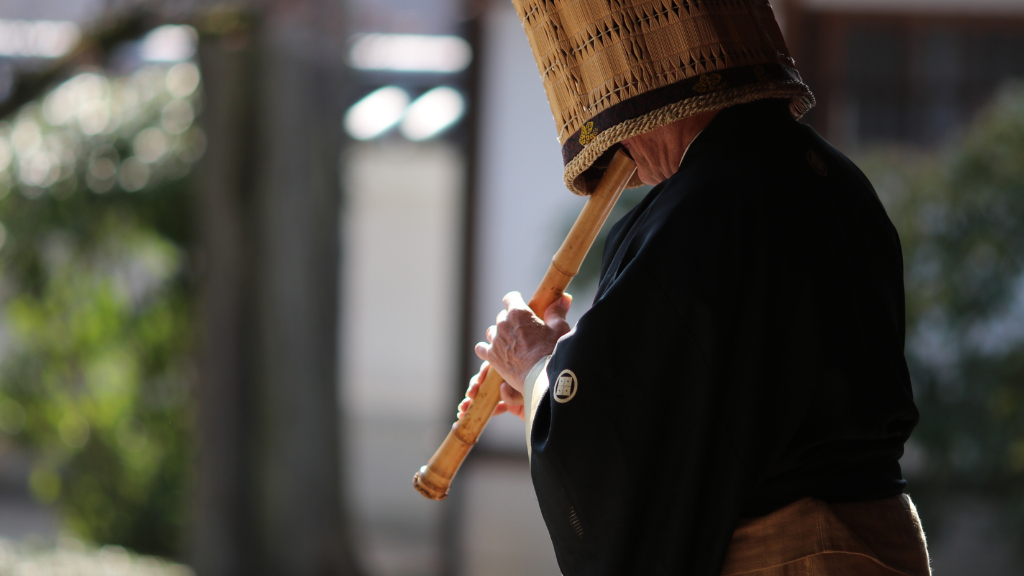
Shakuhachi: This is a Japanese flute that produces a soft and breathy sound. You can find Shakuhachi flute sounds in Zen Buddhist meditation, classical music, and folk music.

Angklung: Angklung is an Indonesian instrument that has several bamboo tubes of different sizes attached to a frame. People play it by shaking the frame to make the tubes vibrate and produce sounds. Each tube produces a single note that can be tuned to different scales.
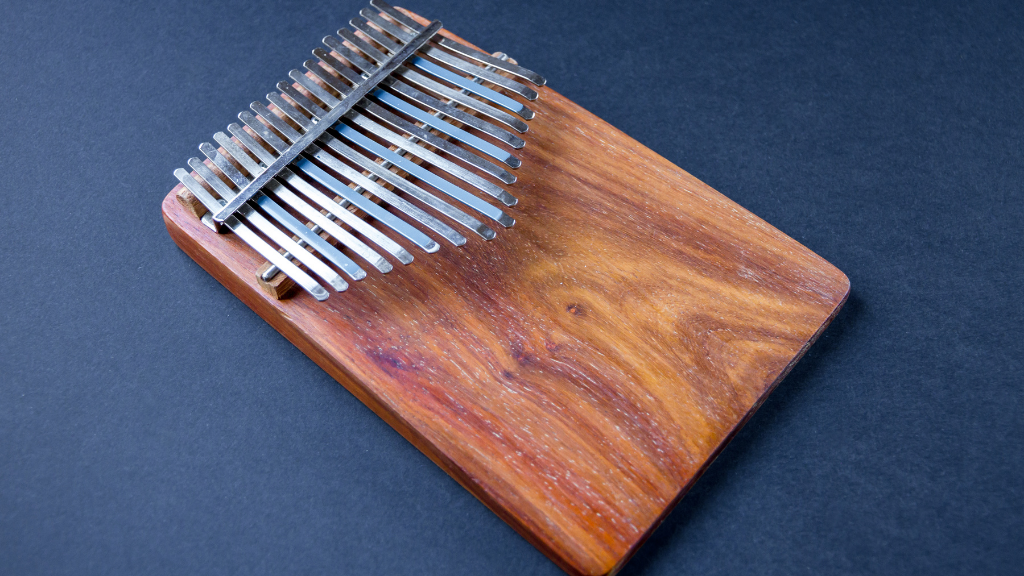
Mbira: Mbira is an African instrument that consists of a wooden board with metal keys attached to it. The keys are often made from recycled materials such as bicycle spokes or nails. The board is mounted on a resonator made from a gourd or a bamboo tube. It produces a melodic and rhythmic sound that can be amplified by the resonator.
4. Food
Bamboo is a plant that is well-known for being the main food source of pandas. But did you know that humans can also eat bamboo? Of course, not directly, but there are a few ways we can enjoy bamboo in our food.
One of the most popular edible parts of bamboo is bamboo shoots. Bamboo shoots are a common ingredient in Asian cuisine, used in salads, soups, curries, and more. Bamboo shoots are rich in dietary fiber, protein, vitamins, minerals, and antioxidants. They have many health benefits, such as improving digestion, lowering cholesterol, boosting immunity, and preventing cancer. However, eating too many bamboo shoots can also have negative effects on your health.
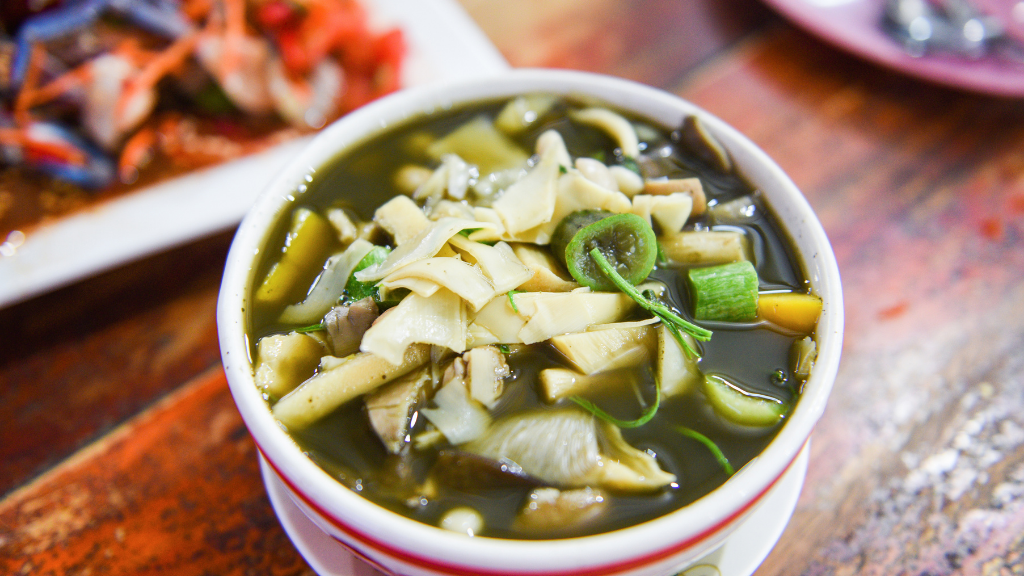
Another way that people have discovered to enjoy bamboo in their food is bamboo charcoal bread. Bamboo charcoal bread is a type of black bread that is made with bamboo charcoal powder. It is a unique and novel way to enjoy a delicious loaf of bread. Some people believe that charcoal bread is rich in minerals like calcium, magnesium, and iron, which make it superior to normal white bread, but these claims are not yet scientifically proven. So you can think of it as a new variation of your traditional bread instead of a new superfood.
5. Medicine
Bamboo has been used as a traditional medicine for centuries in various parts of the world. Different parts of the plant have different medicinal properties and applications. For example, bamboo leaves can treat fever, cough, asthma, and inflammation. Bamboo charcoal is used to detoxify the body, purify the blood, and improve digestion. The sap is used to treat wounds, ulcers, and infections. Bamboo silica helps to strengthen the bones, teeth, hair, and nails. Bamboo also contains antioxidants, anti-inflammatory agents, and antibacterial compounds that can boost the immune system and prevent diseases.
Is Using Bamboo Bad For The Environment?
Bamboo is a plant that has many benefits, such as being fast-growing, renewable, versatile, and biodegradable. We use bamboo to make a wide range of products, from clothing and buildings to medicine and food. But is bamboo really as eco-friendly as it seems? Or does it have some hidden drawbacks that we should be aware of?
Pros of Using Bamboo Products
- Renewable: Bamboo is one of the fastest-growing plants in the world and can reach maturity in as little as three to five years. Some species can grow up to 35 inches/91 cm per day. This means that bamboo can be harvested more frequently and with less impact on the environment than other crops.
- Water-saving: Unlike cotton or rice, bamboo requires much less water. It can grow in areas with low rainfall or poor irrigation and can survive droughts and floods.
- Versatile: As we have mentioned earlier, there are so many uses of bamboo. Thanks to its excellent properties, such as strength, flexibility, and durability.
Cons of Using Bamboo Products
Despite its many benefits, bamboo also has some drawbacks that we should consider.
- Bamboo processing can be harmful. Depending on how bamboo is processed, it can have different environmental impacts. For example, bamboo pulp used for paper or viscose rayon used for clothing requires chemical treatments that can generate toxic waste and emissions. These chemicals can affect the quality of the final product and pose risks to workers and consumers.
- Bamboo transportation can be costly. Most of the bamboo products sold in the market come from Asia, especially China, where bamboo is widely cultivated and processed. This means that these products have to travel long distances to reach other parts of the world, which increases their carbon footprint and energy consumption. Moreover, some countries may impose tariffs or regulations on bamboo imports or exports, which can affect their availability and price.
Conclusion
These are just some of the amazing uses for bamboo that demonstrate its versatility and value. Bamboo is truly a wonder plant that can benefit humans and nature in many ways. By choosing bamboo products over conventional ones, you can support sustainable development and contribute to a greener future.

